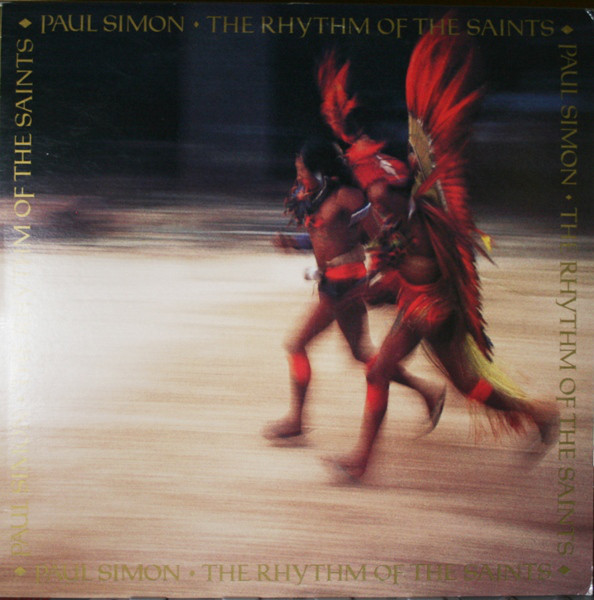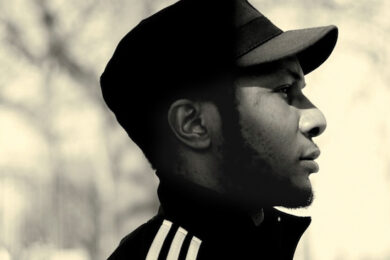8. Paul SimonThe Rhythm Of The Saints

Let it be said plainly: I shouldn’t like this album, let alone love it. A white American musician goes to Bahia, absorbs a number of musical styles, collaborates with a few African and Brazilian musicians, and creates an album with his name and his name alone on the cover. Highly ‘problematic’, as the kids today might say. But I love The Rhythm Of The Saints.
I began to listen to it sometime around 1993 or ’94, at a time when I was desperately homesick. There was something about the way it alluded to a number of different West African styles that I found captivating. The arrangements, the sequencing, the singing, the writing: it was as far from pastiche as it is possible for such projects to be. It really becomes its own thing, as though Paul Simon had been taken over by the Black Atlantic, rather than the other way around.
While a song such as ‘The Obvious Child’ might simply have grafted Paul Simon’s sensibility on to Bahian drums, songs such as ‘Spirit Voices’ achieve a kind of purified intensity. "We walk/ To the brujo’s door/ Along a path of river stone/ Women with their nursing children/ Seated on the floor/ We join the fevers/ And the broken bones…" Simon was the lesser singer in his duo with Art Garfunkel, but the better musician. And once he found his own sweet tone, he was golden.
The scene-setting and word-painting in The Rhythm Of The Saints is superlative throughout. The writing here can just about stand up by itself as poetry. (It’s no surprise that Simon cites, in the liner notes, Derek Walcott as an influence.) Does this mean we must now forgive Paul Simon for his breaking of the apartheid embargo when he went down to South Africa to make Graceland? No. That remains a highly fucked up and selfish move. But the album that resulted was a great, though it wasn’t as tight or mysterious in its achievement as The Rhythm Of The Saints.


